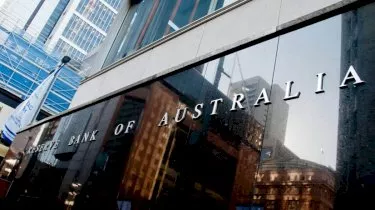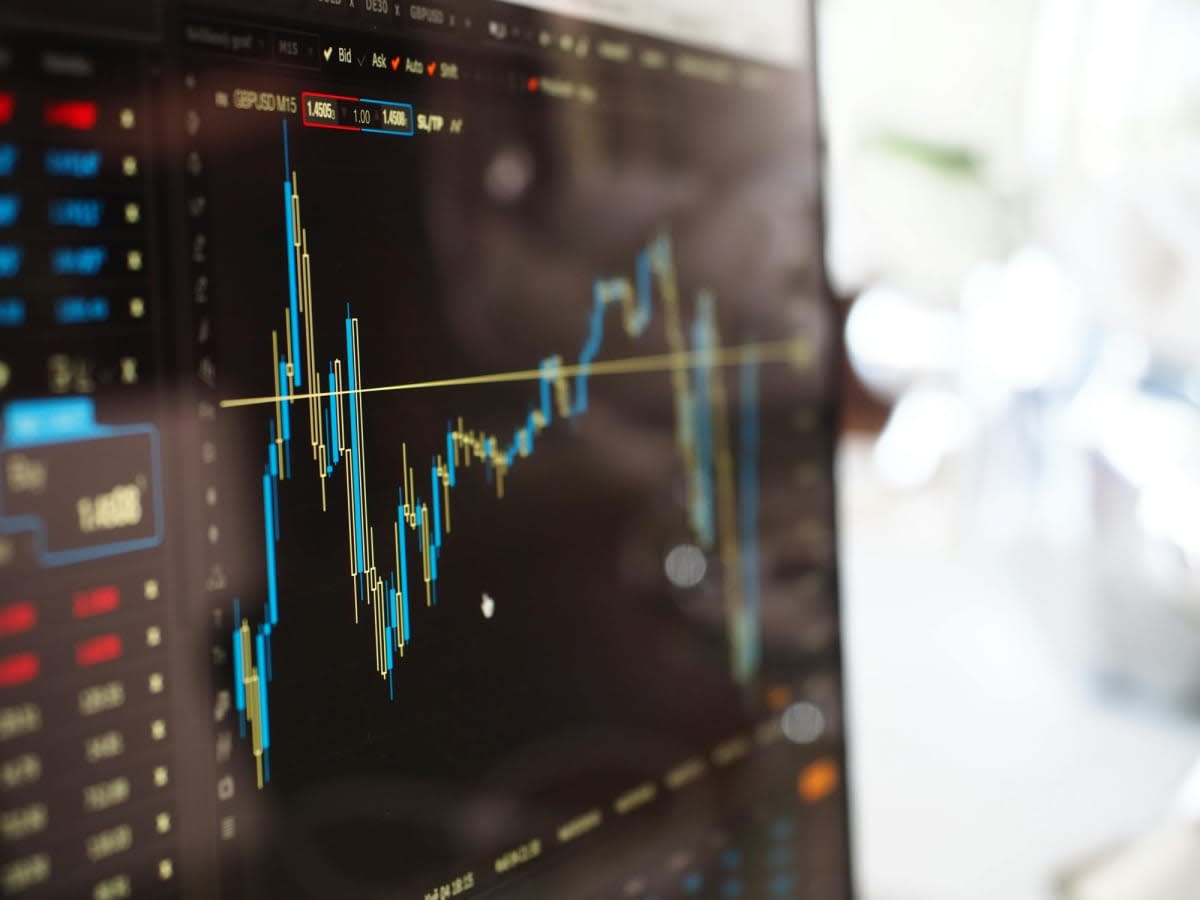Invest
How a historic low is driving a record high
The balancing act between risk-free and riskier assets continues for investors, with a record-low cash rate driving a record high for the all ordinaries index, which broke the 7,000 point barrier this week.
How a historic low is driving a record high
The balancing act between risk-free and riskier assets continues for investors, with a record-low cash rate driving a record high for the all ordinaries index, which broke the 7,000 point barrier this week.

Markets have been in the mature stage of a bull market, which has been running for the last seven or eight years, leading to a higher price for equities.
However, record-low interest rates are forcing investors into the market to chase yield, despite a higher price on equities and a greater risk.
In a conversation with nestegg, Rod North, founder and managing director of Bourse Communications, explained the current economic climate as well as the unprecedented growth timeline the economy is on.
“I’ve always looked at things in a historical context; there are some pretty telling signs when things will happen.

“One of the telling signs in this most recent cycle: it took nearly 12 years to reach its previous high.
“Historically, it has always indicated markets reach their peak, then drop before working their way back above the previous high, and it’s been doing that for 145 years.
“This cycle, it took 12 years to reach its previous peak,” Mr North explained.
How high can the ASX go?
The market analyst has tipped the all ords to perform well following a stellar 2019, with a 10 to 15 per cent growth in 2020 likely.
This would mean the all ords could be as high as 7,400-7,600 by the end of 2020.
Despite being relatively optimistic about the Australian economy, Mr North has highlighted that growth in the ords will largely depend on how low interest rates go and how geopolitical issues pan out.
Also expecting lower returns in 2020 is GSFM adviser Stephen Miller, who said the extent of the strong returns from global equities last year (as well as in Australia) came as somewhat of a surprise, and investors should recalibrate performance expectations to be around the mid-single digit mark for 2020.
He said such a forecast implies a reasonably benign global and domestic growth outlook; however, risks to the downside abound.
“Monetary policy is almost exhausted. And ongoing global tensions – such as the US-China trade negotiations, US and European politics, Hong Kong and, more recently, Iran – mean that risks may be asymmetrically weighted to the downside.
“2019 surprised us by how bloody good it was, and when it’s good, markets can become complacent. When something goes wrong, the correction might be shorter, but it can also be deeper, and investors need to be alert to that potential,” Mr Miller explained.
Implications of low rates and high equity prices
The current market environment is proving problematic for older Australians who have to choose between an asset backed up to $250,000 by the government and putting their money in the sharemarket.
“With historically low interest rates in Australia, and pressure on that to drop further, a lot of people have been forced to move from the safe investment of cash into the share market chasing yield,” Mr North explained.
“I don’t think a lot of people, particularly retirees or people in their 50s, 60s, 70s, fully understand the implications.
“You have to remember a lot of people live off income in the safest haven of cash, fixed interest and deposits. If there is no return there, there are very few avenues where you’re going to get a better return than cash.”
Where should investors put their money?
Mr North believes investors need to take so much more care, as the easy money that has been made over the last four or five years is not there.
Using the example of A2 Milk, which grew from under $1 to $14, investors which have gained have the opportunity to cash out some of the profit made before markets turn.
“A lot of investors do not understand their capital is at risk when you move from cash into the sharemarket,” Mr North said.
Given the domestic growth forecast, Jun Bei Liu, lead portfolio manager of the Tribeca Alpha Plus Fund, said she will continue to overweight quality businesses that have exposure to the growth globally, particularly on the back of growth forecasts from the US and China.
The portfolio will incorporate both defensive and cyclical sectors, with Ms Liu citing the healthcare sector as one that is continuing to deliver growth independent of the geopolitical uncertainties.
“These are defensive stocks, and we see good earnings momentum heading into the February reporting season. We are also seeing opportunities in cyclical names whose earnings have been impacted by trade uncertainties and weakening growth in the past 12 months,” she said.
“These sectors represent good value with cyclical low earnings, any positive outlook commentary should drive good return at results season.
“2020 will most certainly look and feel different to last year, and when compared to the bumper year 2019, investment returns will be lower year-on-year. However, a well-structured, diversified portfolio that has exposure to high-quality companies that will deliver earnings growth will have investors on a sound footing,” Ms Liu concluded.
About the author

About the author


Stock market
6K Additive secures A$48 million through initial public offering on the Australian Stock Exchange
6K Additive, a prominent player in the advanced metal powders and alloy additions market, has made a significant stride by successfully completing its Initial Public Offering (IPO) on the Australian ...Read more

Stock market
Institutional investors increase stock allocations to 18-year high amid cautious market shifts
In a recent development, State Street Markets unveiled the findings of its latest State Street Institutional Investor Indicators, revealing intriguing shifts in institutional investor behaviourRead more

Stock market
FOREX.com launches in Australia to empower self-directed traders
StoneX Group Inc. (NASDAQ: SNEX) has announced the Australian launch of FOREX.com, expanding access for self-directed traders to a global suite of Contracts for Difference (CFD) products across ...Read more

Stock market
Westpac and CMC Markets strengthen partnership to enhance online trading services
In a significant move that underscores the evolving landscape of online trading in Australia, CMC Markets Stockbroking has been chosen as the preferred vendor by Westpac Banking Corporation to extend ...Read more

Stock market
Portfolio reviews as an operating discipline: turning volatility into a competitive edge
In a higher-rate, higher-volatility world, portfolio reviews are no longer an annual hygiene task; they’re a core operating rhythm that protects cash flow, unlocks tax alpha, and sharpens risk ...Read more

Stock market
Fee war on the ASX: Global X’s A300 turns up the heat on core Aussie equity ETFs
Global X has lobbed a 0.04% management fee into Australia’s core equity sandbox, launching the Australia 300 ETF (A300) to take on entrenched giants. Read more

Stock market
Challenger IM shakes up the ASX with private credit note and a side of risk
Challenger Investment Management has taken private credit mainstream with an ASX-listed note structure—LiFTs—that secured roughly $100 million in cornerstone commitments within a day of launch. Read more

Stock market
International stocks: Diversifying your portfolio beyond Australia
In an increasingly globalized market, Australian investors have the opportunity to enhance their investment portfolio by incorporating international stocks. Diversifying your investments globally can ...Read more

Stock market
6K Additive secures A$48 million through initial public offering on the Australian Stock Exchange
6K Additive, a prominent player in the advanced metal powders and alloy additions market, has made a significant stride by successfully completing its Initial Public Offering (IPO) on the Australian ...Read more

Stock market
Institutional investors increase stock allocations to 18-year high amid cautious market shifts
In a recent development, State Street Markets unveiled the findings of its latest State Street Institutional Investor Indicators, revealing intriguing shifts in institutional investor behaviourRead more

Stock market
FOREX.com launches in Australia to empower self-directed traders
StoneX Group Inc. (NASDAQ: SNEX) has announced the Australian launch of FOREX.com, expanding access for self-directed traders to a global suite of Contracts for Difference (CFD) products across ...Read more

Stock market
Westpac and CMC Markets strengthen partnership to enhance online trading services
In a significant move that underscores the evolving landscape of online trading in Australia, CMC Markets Stockbroking has been chosen as the preferred vendor by Westpac Banking Corporation to extend ...Read more

Stock market
Portfolio reviews as an operating discipline: turning volatility into a competitive edge
In a higher-rate, higher-volatility world, portfolio reviews are no longer an annual hygiene task; they’re a core operating rhythm that protects cash flow, unlocks tax alpha, and sharpens risk ...Read more

Stock market
Fee war on the ASX: Global X’s A300 turns up the heat on core Aussie equity ETFs
Global X has lobbed a 0.04% management fee into Australia’s core equity sandbox, launching the Australia 300 ETF (A300) to take on entrenched giants. Read more

Stock market
Challenger IM shakes up the ASX with private credit note and a side of risk
Challenger Investment Management has taken private credit mainstream with an ASX-listed note structure—LiFTs—that secured roughly $100 million in cornerstone commitments within a day of launch. Read more

Stock market
International stocks: Diversifying your portfolio beyond Australia
In an increasingly globalized market, Australian investors have the opportunity to enhance their investment portfolio by incorporating international stocks. Diversifying your investments globally can ...Read more








